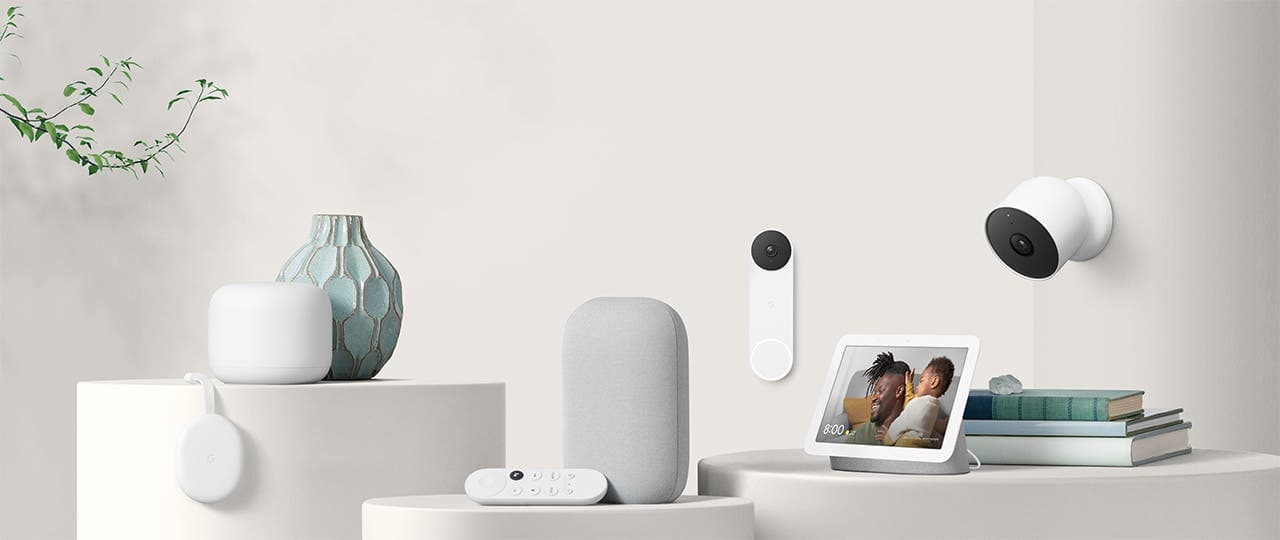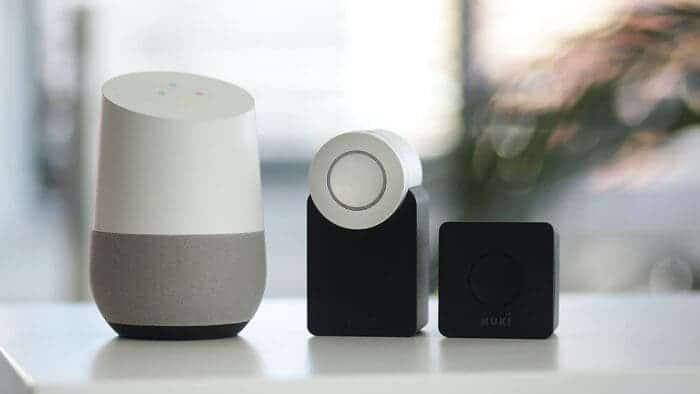Are you planning to get your smart home ready? Well, it may surprise you, but even many with previous experience make some common mistakes. These can lead to an improper setup, and you may miss out on some of the convenient features. Want to know which mistakes to avoid? Well, that’s where this guide steps in. It will highlight the common mistakes so that you don’t make them.
Avoid the YouTube Rabbit Hole

The allure of YouTube can be irresistible, especially when embarking on a smart home journey. Yes, it offers a wealth of information. But excessive consumption can lead to analysis paralysis. The plenty of appliance choices and conflicting opinions can make it difficult to discern what’s valuable.
As Dr. Liraz Margalit points out, overexposure to information can be mentally taxing. Instead of focusing on the essentials, you might find yourself obsessing over minute details like the perfect automation or the ideal smart plug.
Remember, while research is important, moderation is key. Avoid getting overwhelmed by the endless stream of information. Instead, focus on the core aspects of your smart home setup.
Start Small with Smart Home Automations

Another common mistake is diving headfirst into automation without a clear plan. Yes, it’s tempting to automate everything at once. But it’s often more effective to start small and expand your smart home automation.
Avoid copying automations from online forums or communities. Instead, focus on creating automations that align with your specific lifestyle and needs. This will prevent the frustration of setting up unnecessary or complex smart home automations.
Take the time to observe your daily routine and identify areas where automation can benefit you. This data-driven approach will help you design automations that integrate into your life, saving you time and effort in the long run.
Don’t Buy First-gen Smart Home Devices

About smart home technology, it’s often wiser to wait for second or third-generation devices. First-gen smart home products can be prone to bugs. There can be compatibility issues as well. Sometimes, they don’t even get long-term support.
Consider the example of a smart robot vacuum that promises both sweeping and mopping capabilities. It may seem promising, but the high price tag and potential risks associated with a first-gen product might not be worth the investment.
By waiting for later-generation models, you can often enjoy improved features. These refined smart home products can even offer better performance. You may even see them retail at lower prices. Additionally, you’ll reduce the risk of encountering compatibility issues or discontinued products in the future.
Be Patient When Building a Smart Home

Building a smart home is an exciting journey, but it’s important to maintain patience throughout the process. Impatience can lead to costly mistakes. For example, you can end up buying low-quality products or investing in outdated technology.
Avoid the urge to rush into building your smart home. Take the time to research products, compare prices, and consider long-term value. By exercising patience, you’ll increase the likelihood of making informed decisions and building a smart home that stands the test of time.
Don’t Buy Products Just Because They Are on Sale
The allure of sales can be tempting, but it’s important to resist the urge to buy smart home devices solely because they’re discounted. Often, these “loss leaders” are used to entice consumers into purchasing extra products or services.
Familiarity bias can also influence purchasing decisions. Consumers tend to favor brands they are already familiar with, leading them to overlook better options.
Avoid impulse purchases by considering your needs and researching different products before making a decision. This will help you ensure that your smart home investments are worthwhile and avoid the frustration of unused devices.
Rank Security Higher

As your smart home grows, it’s crucial to focus on security. Avoid common vulnerabilities. That includes weak default passwords, unsecured Wi-Fi networks, and outdated firmware. Instead, keep these in mind when you’re building a smart home:
- Check for software updates from time to time
- Use strong and unique passwords
- Consider security measures like network segmentation
These will protect your devices and personal data. Remember, if someone gains access to one of the products, all will be vulnerable.
Don’t Forget the Energy Efficiency of the Smart Home Products
Many devices offer energy-saving features. Choose energy-efficient models. Use automation to optimize energy consumption. Through these, you can reduce your environmental impact and lower your energy bills. Look for certifications like ENERGY STAR to identify energy-efficient products.





